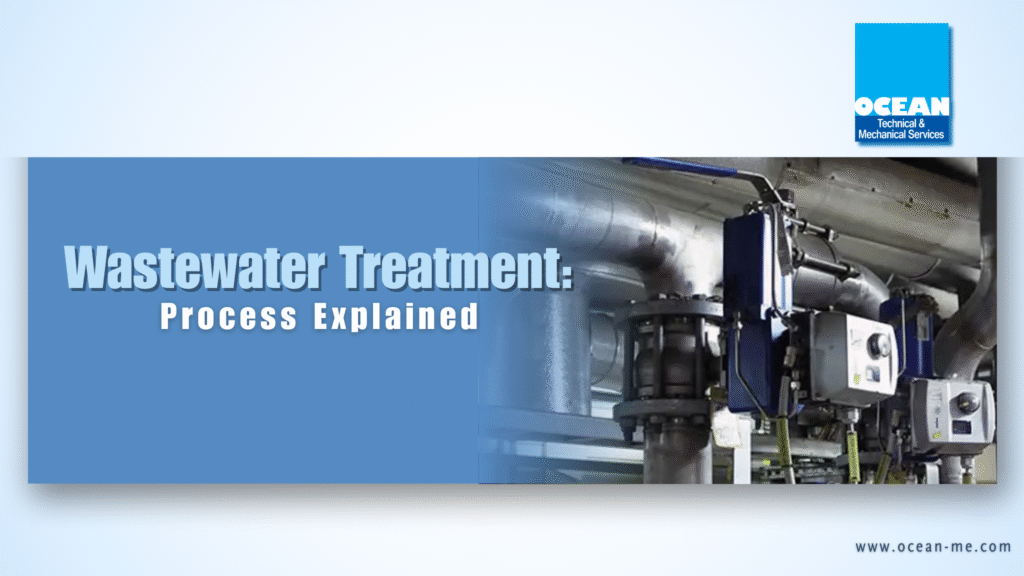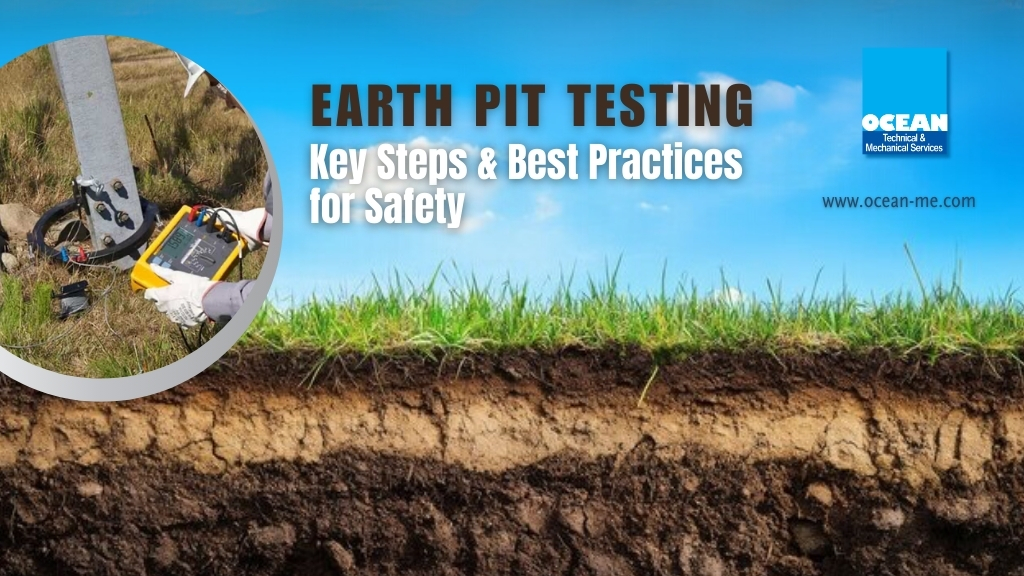Our Services
Lifting Equipment Inspection Oman
Lifting Equipment Inspection Oman
Lifting equipment inspection is critical in order to maintain the safety and efficiency of lifting equipment. These inspections typically involve detailed checks of the condition of the equipment, performance and safety features, ranging from visual inspections to operational testing and wear analysis. Regular inspections are particularly crucial in spotting risks early, preventing accidents, and fulfilling regulatory safety standards.
The lifting equipment and machinery industry works under strict safety and regulatory standards, right from commissioning and installation to ongoing operation and maintenance. At Ocean Technical and Mechanical Services, we provide end-to-end service solutions to help you meet these requirements with confidence.
Our team supports you through every stage of your project, offering technical expertise from the initial setup to the full lifecycle of your equipment. Whether it’s elevators, escalators, cranes, or other lifting systems, we ensure their safety, reliability, and smooth performance, so you can operate with peace of mind and complete assurance.
At Ocean Inspection, risk assessment and technical advisory services are conducted for the following systems:
- Industrial facilities such as warehouses and workshops
- Construction and infrastructure companies
- Power and water sectors – generation, transmission, and distribution
- Oil and gas industries – both onshore and offshore operations
- Steel manufacturing and processing plants
- Petrochemical and refining industries
- Pulp, paper, and packaging industries
- Shipbuilding, marine, and repair yards
- Defense and government sectors
- Municipal utilities handling waste, water, and sewage treatment
- Other general manufacturing and production facilities
Our lifting equipment inspection services cover
Lifting equipment inspections by Ocean Technical and Mechanical Services ensure your lifting systems meet the highest standards of safety, compliance, and performance. Our certified experts conduct thorough assessments according to internationally recognized standards.
Our services include:
- Comprehensive lifting equipment management
- Crane inspection and certification
- Wire rope inspection and testing
- Annual and periodic lifting equipment inspections
- Rope access inspection for lifting systems
We follow Non-destructive methods of testing for lifting, such as
- Dye Penetrant
- Magnetic particle testing
- Close visual inspection
- Load testing

Key Benefits of Lifting Equipment Inspection
Enhance Workplace Safety
Regular inspections of lifting equipment are vital in preventing accidents and protecting the workers. By identifying wear, damage, or operational faults early, industries can address issues before they pose a safety risk. This proactive approach helps minimize workplace injuries and ensures a safer environment for your team.
Boost Productivity and Reduce Disruptions
Unplanned equipment breakdowns can bring operations to a halt. Periodic inspections detect potential failures in advance, allowing industries to plan maintenance without interrupting the normal workflow. This means smoother operations, fewer delays, and greater productivity across industries.
Reduce Repair and Replacement Costs
Routine inspections significantly extend the lifespan of your lifting equipment. Early detection of even minor defects prevents them from escalating into cumbersome repairs or replacements. In the long run, this results in significant savings and maximizes your return on investment.
Minimize Downtime
Consistent checks keep your machinery in reliable working condition, helping you avoid unexpected shutdowns that can impact production and deadlines.
Detect and Prevent Hazards
Inspections reveal risks that might not be visible during everyday use, helping you eliminate hazards before they become serious problems.
Ensure Compliance with Standards
Professional inspection services guarantee your equipment meets local and international safety regulations. Staying compliant avoids penalties and demonstrates your commitment to safety and operational integrity.
Improve Maintenance Planning
Inspection data provides a valuable base to help your team plan and execute maintenance more effectively. Tracking recurring issues allows you to address root causes, enhancing long-term reliability.
Lower Insurance and Liability Risks
By maintaining your equipment properly and preventing accidents, you can reduce compensation claims, minimize insurance premiums, and safeguard your company’s reputation.
How do we do lifting equipment inspection at Ocean
At Ocean, our certified lifting equipment technicians follow a systematic and professional approach to every inspection, ensuring your equipment operates safely, reliably, and efficiently.
Mechanical Inspection and Maintenance
- Verification of Equipment Details: We start by verifying the crane’s rated capacity and identification details to ensure compliance with operational standards.
- Review of Equipment History: Our team evaluates previous maintenance records, reported defects, and any repair or modification work carried out.
- Visual and Functional Checks: A preliminary inspection is performed visually and through controlled operation of the crane in all directions to identify any irregularities.
- Structural and Component Inspection: We examine the long and cross-travel mechanisms for corrosion, paint condition, rail alignment, bolts, brakes, gears, wheels, mechanical locks, clamps, and runway beams.
- Structural Integrity Review: Detailed inspection of the main beam, bolts, cross bracing, and supporting concrete structures.
- Rope and Mechanism Maintenance: Ropes, drums, brakes, thrusters, drive motors, gears, limit switches, and pulleys are inspected, cleaned, and lubricated.
- Safety Accessories Check: Cabins, lamps, ladders, platforms, and other structural accessories are also examined for safety and stability.
Load Testing: We also coordinate with our trusted partners to perform precise load testing, ensuring each piece of equipment meets operational load standards.
Electrical Inspection and Testing
- Motor Performance Evaluation: Each motor is operated to assess vibration levels and noise output.
- Insulation and Electrical Checks: Insulation resistance, winding heaters, brake and clutch coils, and resistor boxes are inspected and tested for performance and overheating signs.
- Component Inspection: All magnetic contactors, relays, oil sensors, load cells, fuses, indicator lamps, and illumination systems are checked for proper operation.
- Drive and Control System Testing: We verify the functionality of VFDs, thermistors, limit switches, and all control interfaces.
- Control and Connectivity Review: Pendant controls, push buttons, flexible cables, and remote-control systems are examined to ensure smooth and safe handling.
- Power Transmission Check: Current collectors, busbars, cables, and carriers are inspected for wear, alignment, and connectivity.
At Ocean, we combine expertise, precision, and a commitment to quality in every inspection — ensuring your lifting equipment remains safe, compliant, and performing at its best.
FAQs
1. What is Lifting Equipment Inspection?
Lifting equipment inspection is the systematic assessment of devices such as cranes, hoists, slings, and lifting accessories to identify any signs of wear, damage, or malfunction. The goal is to confirm that the equipment remains safe, functional, and compliant with safety regulations. Routine inspections help minimize the risk of accidents and ensure continuous, reliable operation.
2. How is Lifting Gear Inspected?
Inspection of lifting gear involves a detailed visual and functional examination. Technicians check for cracks, rust, deformation, or frayed components, and verify that load markings and identification tags are accurate and legible. In some cases, operational tests are performed to confirm performance. These inspections must be conducted by qualified personnel following recognized safety standards.
3. How Often Should Lifting Equipment Be Inspected?
The frequency of lifting equipment inspections depends on how often and under what conditions the equipment is used. In general, inspections are recommended every six to twelve months. However, equipment subjected to heavy use or harsh environments may need more frequent checks. Inspection schedules should always follow manufacturer recommendations and local safety regulations.
4. What is an Equipment Inspection?
An equipment inspection is a planned evaluation of machinery or tools to ensure they are safe and in proper working order. The process helps identify wear, damage, or faults before they lead to breakdowns or accidents. Regular inspections enhance operational safety, reduce downtime, and support compliance with workplace safety standards.




